Table of Contents
Dried cilantro coriander is a versatile spice with a warm, nutty flavor that enhances a wide range of dishes. Unlike fresh cilantro leaves, which have a bright, grassy taste, dried coriander comes from the seeds of the same plant and offers a completely different flavor profile. This guide explains the key differences between fresh and dried forms, practical usage tips, and how to select the best quality product for your kitchen.
Introduction to Dried Cilantro Coriander
When it comes to spices, few ingredients are as versatile or flavorful as dried cilantro coriander. Known in many parts of the world as just 'coriander,' this spice is actually derived from the seeds of the same plant that produces fresh cilantro (also called coriander leaves). While the leaves are bright green and used in salsas, curries, and garnishes, the seeds are dried and ground into a warm, nutty, and slightly citrusy spice.
So, why use dried cilantro coriander instead of its fresh counterpart? The answer lies in flavor, shelf life, and convenience. Dried coriander has a more concentrated flavor, which makes it ideal for long-cooking dishes like stews, soups, and braises. Plus, it can be stored for months without losing its potency, making it a pantry staple for any spice lover.
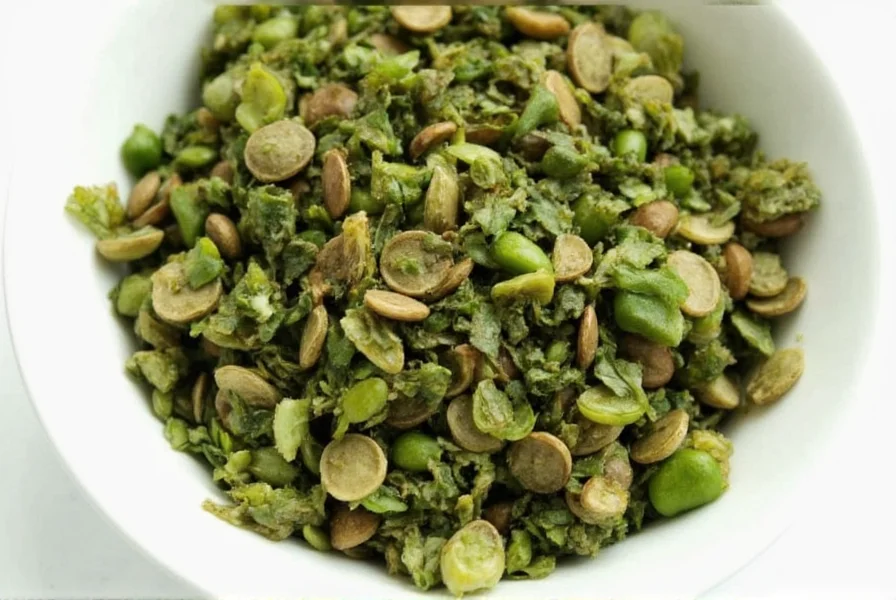
Key Differences Between Fresh and Dried Cilantro
If you're new to the world of herbs and spices, understanding the differences between fresh cilantro and dried coriander is essential. Here's a quick comparison:
| Feature | Fresh Cilantro | Dried Coriander |
|---|---|---|
| Source | Leaves of the coriander plant | Seeds of the coriander plant |
| Flavor Profile | Citrusy, grassy, and slightly soapy | Nutty, earthy, and slightly sweet |
| Usage | Used raw in salsas, salads, and garnishes | Used in cooked dishes, breads, and spice blends |
| Storage | Needs refrigeration; lasts about a week | Can be stored at room temperature for months |
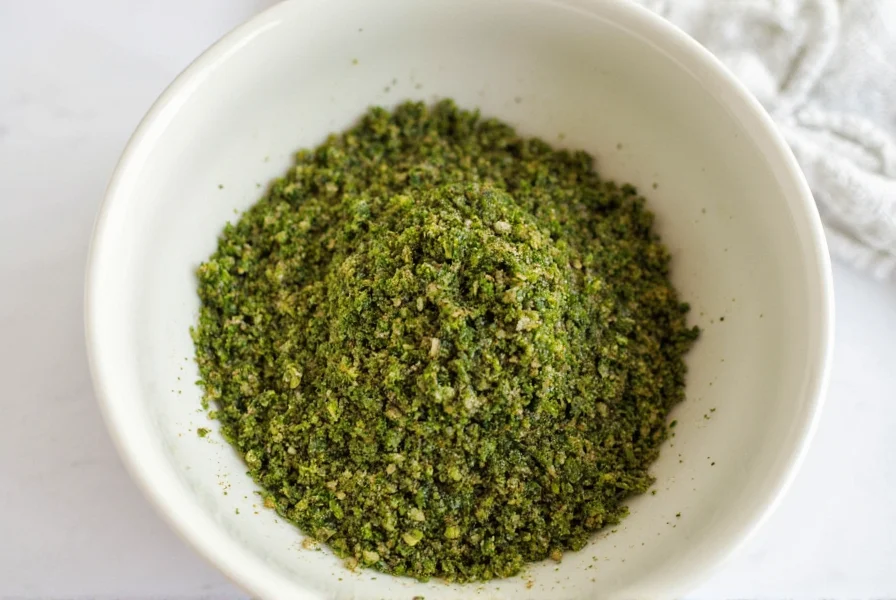
Practical Tips for Using Dried Cilantro Coriander
Now that you know the basics, let's dive into some practical tips to help you make the most of your dried coriander. Whether you're a seasoned chef or just starting out, these tips will ensure you get the best flavor out of every dish.
- Toast It First: To unlock the full aroma and flavor of dried coriander, try toasting the seeds before grinding them. This brings out their natural oils and enhances their taste. You can toast them in a dry pan over medium heat for about 2-3 minutes, stirring occasionally.
- Use in Small Amounts: Dried coriander is more potent than fresh cilantro, so start with a smaller quantity and adjust to taste. A little goes a long way.
- Add It Early in Cooking: Since dried coriander has a stronger flavor, it's best to add it early in the cooking process—especially in slow-cooked dishes like soups, stews, and curries.
- Mix with Other Spices: Coriander pairs well with cumin, turmeric, cardamom, and cinnamon. Use it in spice blends like garam masala, chili powder, or Mexican seasoning.
- Make Your Own Spice Mix: Try blending dried coriander with other spices to create custom blends for different cuisines. It's a great way to experiment with flavors and personalize your cooking.
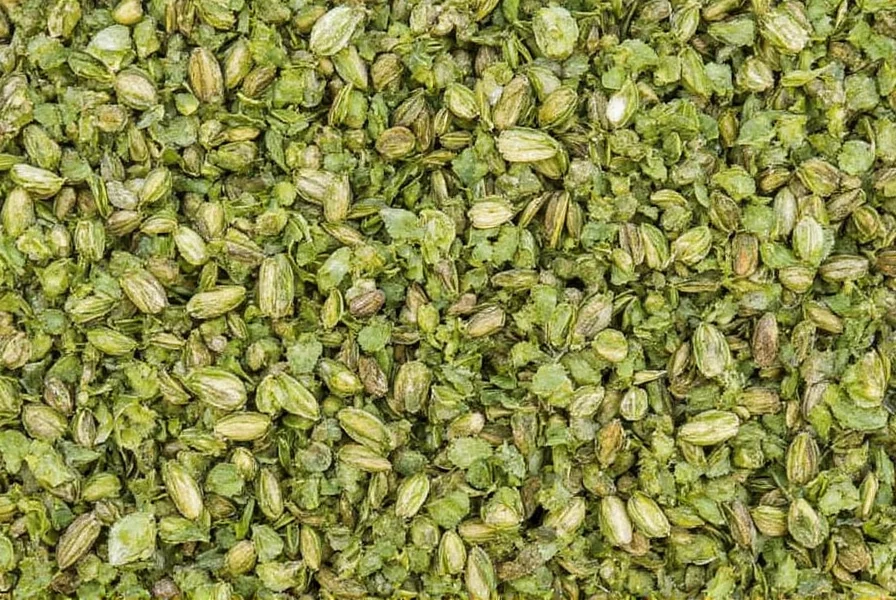
Cooking Hacks with Dried Cilantro Coriander
Here are a few creative ways to use dried coriander in your kitchen, from everyday meals to unique recipes that will impress your guests.
- Homemade Curry Paste: Mix dried coriander with garlic, ginger, chilies, and coconut milk to make a rich and aromatic curry paste. Perfect for Thai, Indian, or Middle Eastern dishes.
- Spiced Bread: Add a teaspoon of ground coriander to your favorite bread recipe for a subtle, nutty twist. It works especially well in sourdough, rye, or whole wheat loaves.
- Stuffed Vegetables: Use dried coriander in a mixture of rice, lentils, and vegetables to stuff bell peppers, zucchini, or eggplants. It adds depth and complexity to the filling.
- Flavorful Soups: Stir a pinch of coriander into tomato-based soups, lentil soups, or vegetable broths for an extra layer of flavor.
- Seasoned Grains: Sprinkle dried coriander over quinoa, brown rice, or couscous for a quick and healthy boost of flavor.
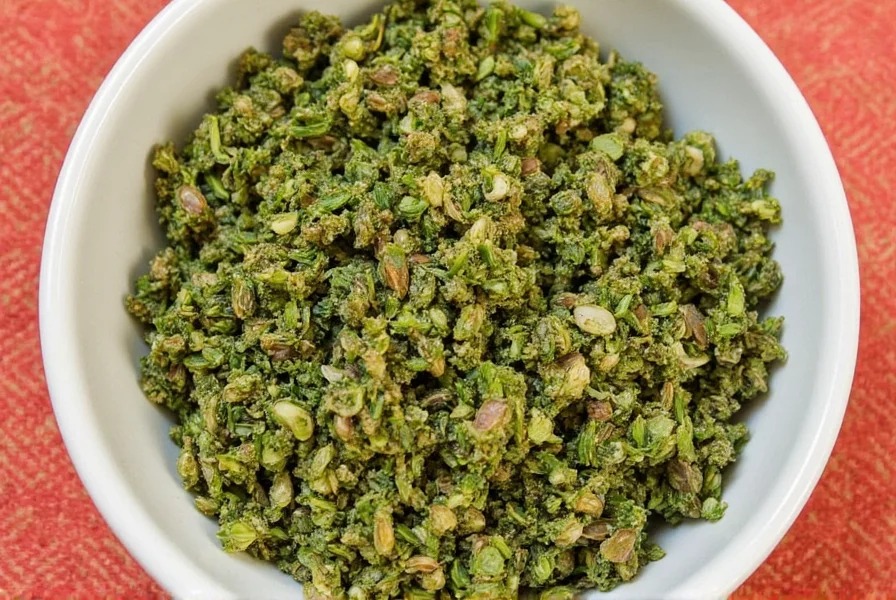
Buying Guide for Dried Cilantro Coriander
Picking the right dried coriander can make a big difference in your cooking. Here's what to look for when purchasing:
Features to Consider
- Origin: Look for coriander from countries known for quality production, such as India, Morocco, or Mexico.
- Processing: Choose organic, non-GMO options if possible. Some brands offer cold-pressed or stone-ground coriander for better flavor retention.
- Shelf Life: Check the expiration date. Dried coriander can lose potency over time, so opt for a product with a recent harvest date.
- Texture: The seeds should be uniform in size and free of debris or moisture.
Recommended Products
Here are a few top-rated products that you might consider:
- Organic Dried Coriander Seeds - Nature's Way
- Features: 100% organic, non-GMO, cold-processed
- Use Cases: Ideal for baking, curries, and spice blends
- Target Audience: Health-conscious cooks and home bakers
- Suitable Occasions: Weeknight dinners, holiday baking, and meal prepping
- Ground Dried Coriander - Spicy Delights
- Features: Fine grind, aromatic, no additives
- Use Cases: Stews, soups, and meat rubs
- Target Audience: Professional chefs and serious home cooks
- Suitable Occasions: Gourmet meals, restaurant-style cooking, and special events
- Coriander Seed Blend - Global Flavors
- Features: Mixture of coriander and other spices for ready-to-use blends
- Use Cases: Instant seasonings, spice mixes, and international cuisine
- Target Audience: Busy cooks who want convenience without sacrificing flavor
- Suitable Occasions: Quick weeknight meals, family dinners, and casual gatherings
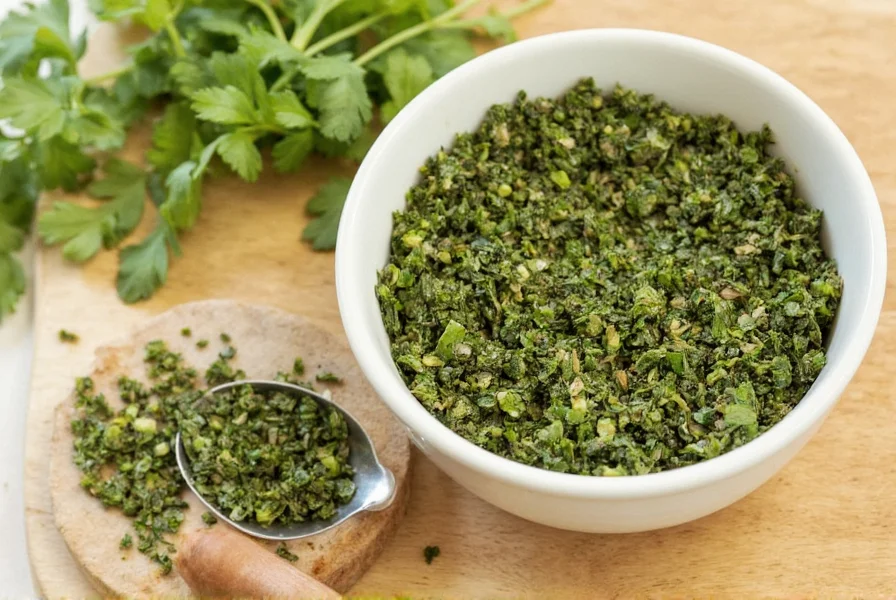
Frequently Asked Questions
What's the difference between cilantro and coriander?
Cilantro and coriander come from the same plant (Coriandrum sativum) but refer to different parts. Cilantro is the term used for the fresh leaves and stems of the plant, commonly used in Mexican, Asian, and Middle Eastern cuisines. Coriander refers to the dried seeds of the same plant, which have a completely different flavor profile - warm, nutty, and citrusy rather than the bright, grassy flavor of the leaves.
Can I substitute dried coriander for fresh cilantro?
Not directly, as they have very different flavor profiles. Dried coriander (the seeds) cannot replace fresh cilantro (the leaves) in recipes that call for the fresh herb, especially in dishes where cilantro is used raw as a garnish. However, if a recipe calls for dried coriander and you only have fresh cilantro, you can use about 3 times the amount of fresh cilantro, though the flavor won't be identical. The best practice is to use each form where it's most appropriate - fresh cilantro for garnishes and raw applications, dried coriander for cooking.
How long does dried coriander last?
Whole coriander seeds can maintain their best flavor for 3-4 years when stored properly in an airtight container away from light and heat. Ground coriander loses its potency more quickly and should be used within 6-12 months for optimal flavor. To check if your coriander is still good, rub a small amount between your fingers - if you can't smell a strong, pleasant aroma, it's time to replace it.
What dishes work best with dried coriander?
Dried coriander shines in slow-cooked dishes where its flavor can fully develop, such as curries, stews, and braises. It's also excellent in spice rubs for meats, breads and baked goods, soups, lentil dishes, and Middle Eastern or Indian cuisine. It works particularly well with root vegetables, tomatoes, legumes, and in spice blends like garam masala, berbere, and za'atar.
Do I need to toast dried coriander seeds before using them?
Toasting is highly recommended but not absolutely required. Toasting coriander seeds in a dry pan for 2-3 minutes unlocks their essential oils and dramatically enhances their flavor, giving them a deeper, more complex taste. If you're using pre-ground coriander, toasting isn't possible, but you can "bloom" the spice by adding it to hot oil at the beginning of cooking to release its flavors. Toasted coriander provides a noticeably superior flavor compared to using it raw.
Is dried coriander the same as ground coriander?
Dried coriander typically refers to the whole seeds that have been dried, while ground coriander is the powder made from those dried seeds. Whole dried coriander seeds retain their flavor longer (up to 4 years), while ground coriander loses potency more quickly (6-12 months). For the best flavor, many chefs recommend buying whole dried coriander seeds and grinding them as needed using a spice grinder or mortar and pestle.
How should I store dried coriander?
Store whole dried coriander seeds in an airtight container in a cool, dark place like a pantry. Avoid storing near heat sources like the stove or in direct sunlight, as both can degrade the flavor. Ground coriander should be stored the same way but will lose potency more quickly. For extended storage (beyond one year), you can keep dried coriander in the freezer in an airtight container, which helps preserve its flavor for several years.
Conclusion
Dried cilantro coriander is a powerhouse ingredient that brings warmth, depth, and complexity to a wide range of dishes. Whether you're making a traditional curry, a hearty stew, or a simple grain bowl, this spice can elevate your cooking in ways you never imagined.
Remember, the key to using dried coriander effectively is to understand its flavor profile and how it interacts with other ingredients. Toasting the seeds before grinding them can make all the difference, and using it in small amounts ensures you don't overpower your dish.
With the right techniques and a bit of experimentation, you'll find that dried coriander is more than just a spice—it's a flavor enhancer that can transform your meals into something truly special. So next time you're in the kitchen, reach for that jar of dried coriander and let it work its magic.
As the saying goes, "A pinch of coriander can turn a good dish into a great one."

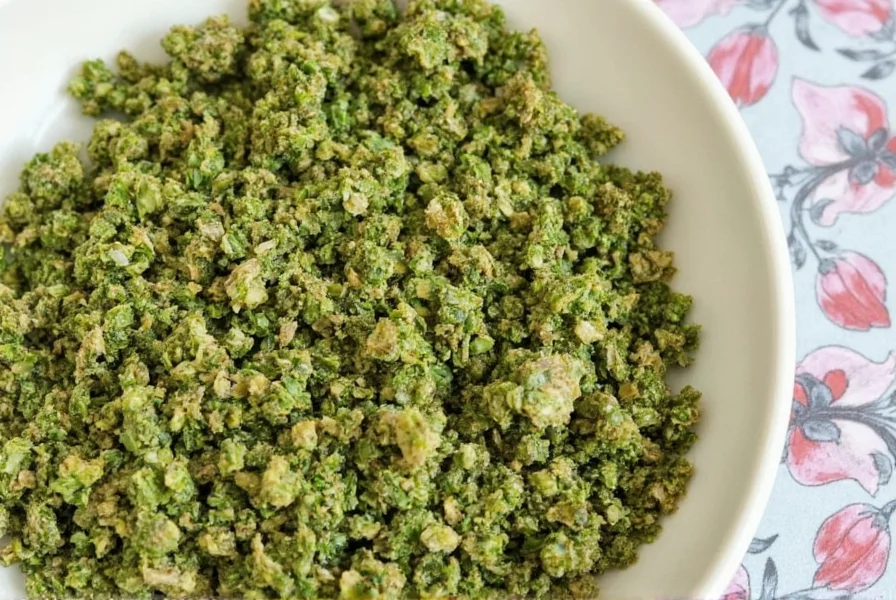









 浙公网安备
33010002000092号
浙公网安备
33010002000092号 浙B2-20120091-4
浙B2-20120091-4